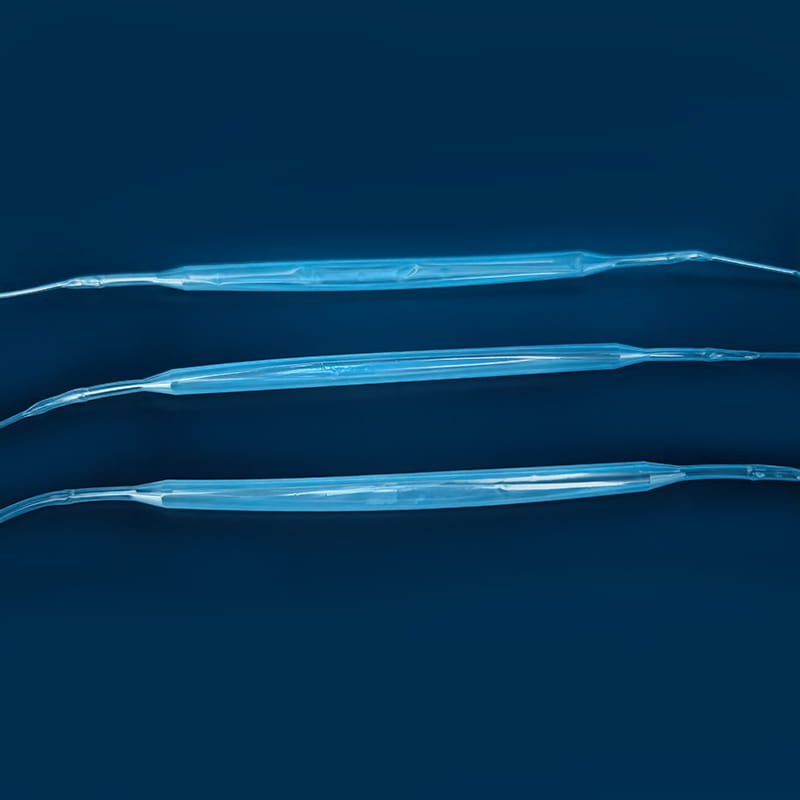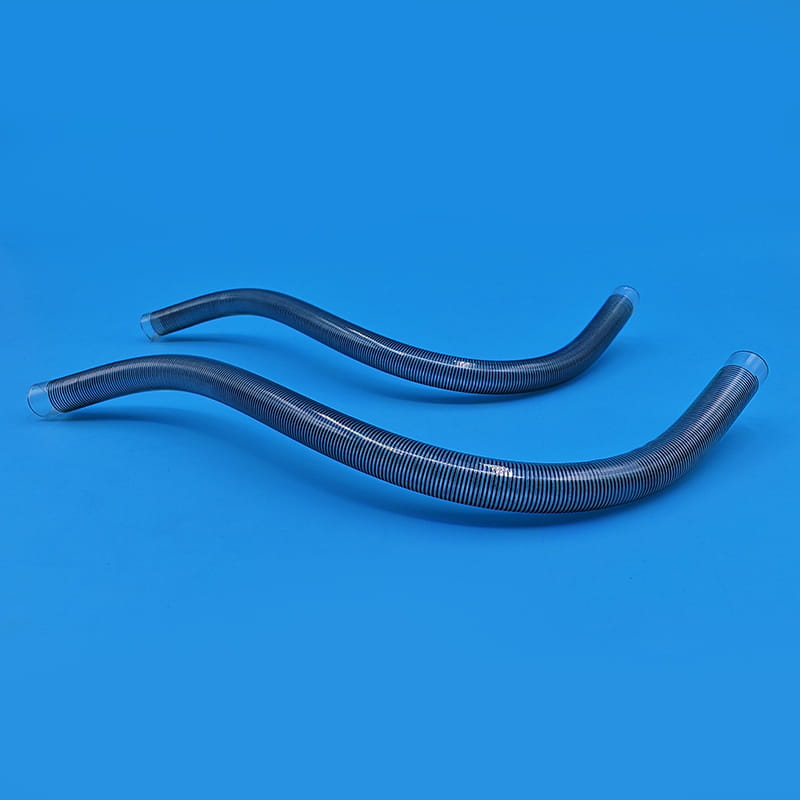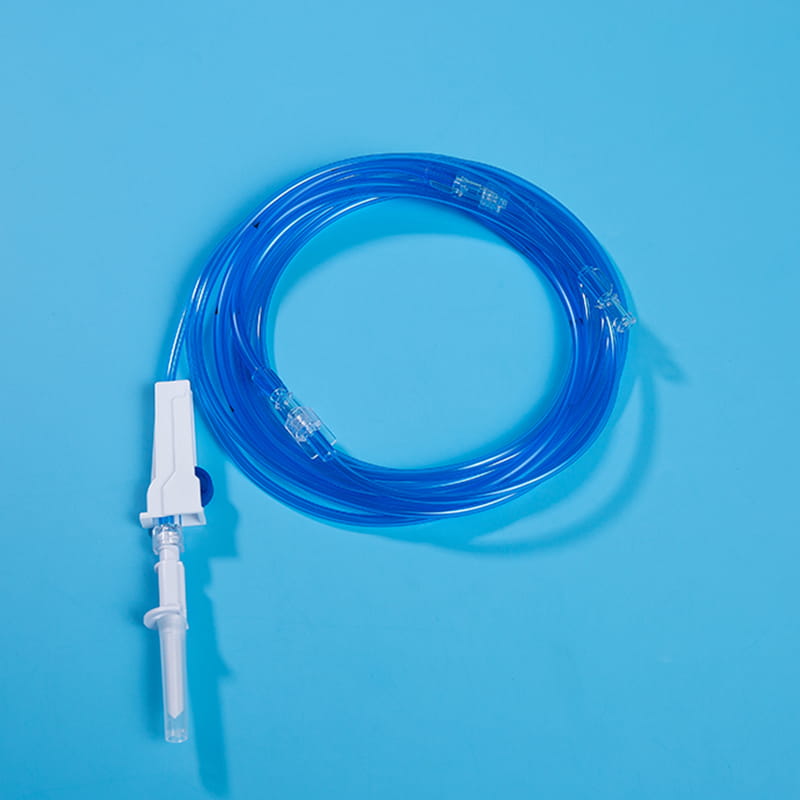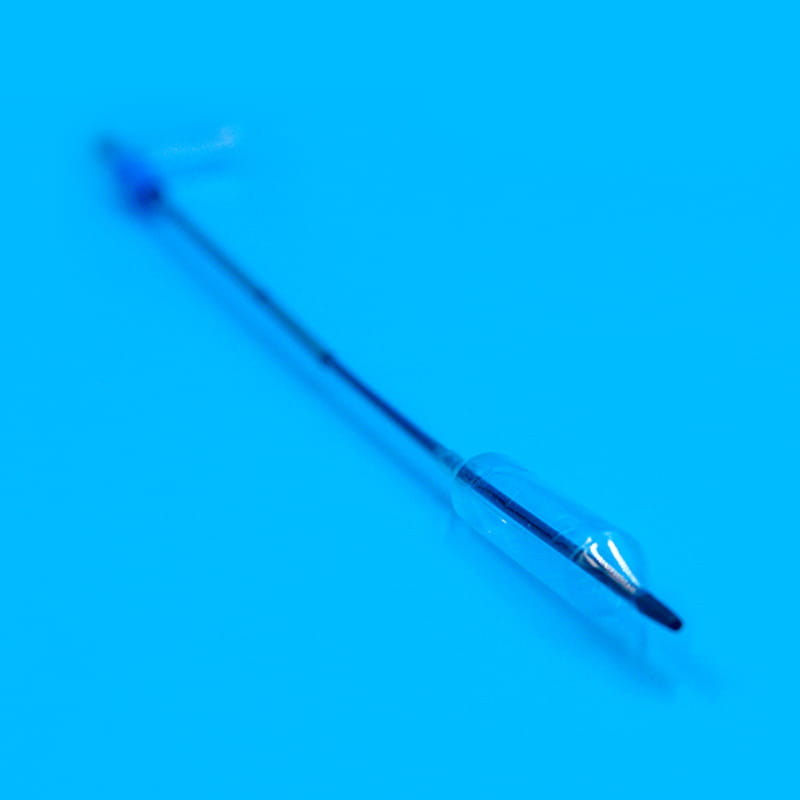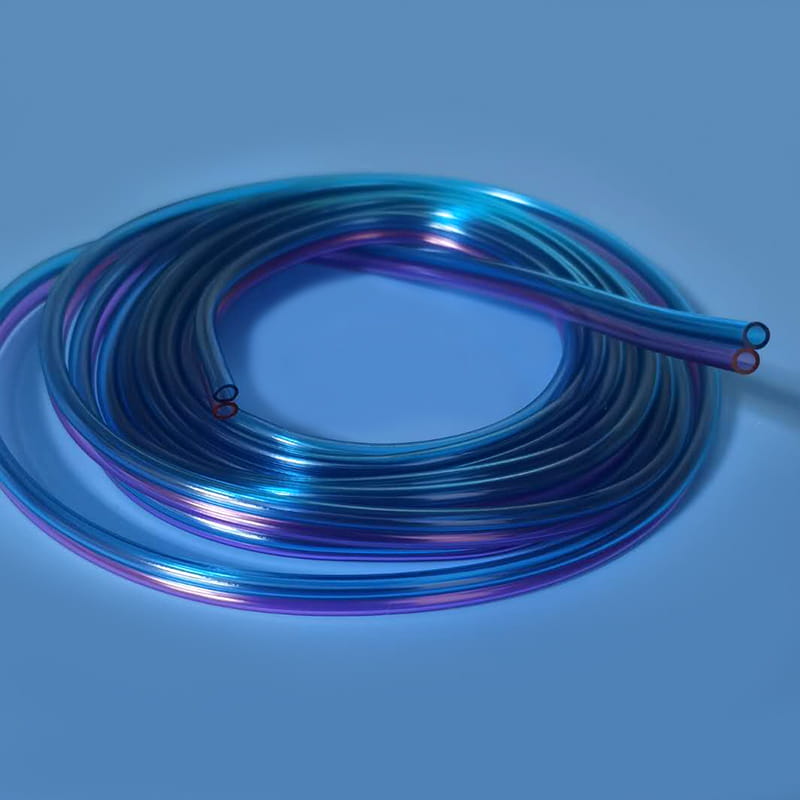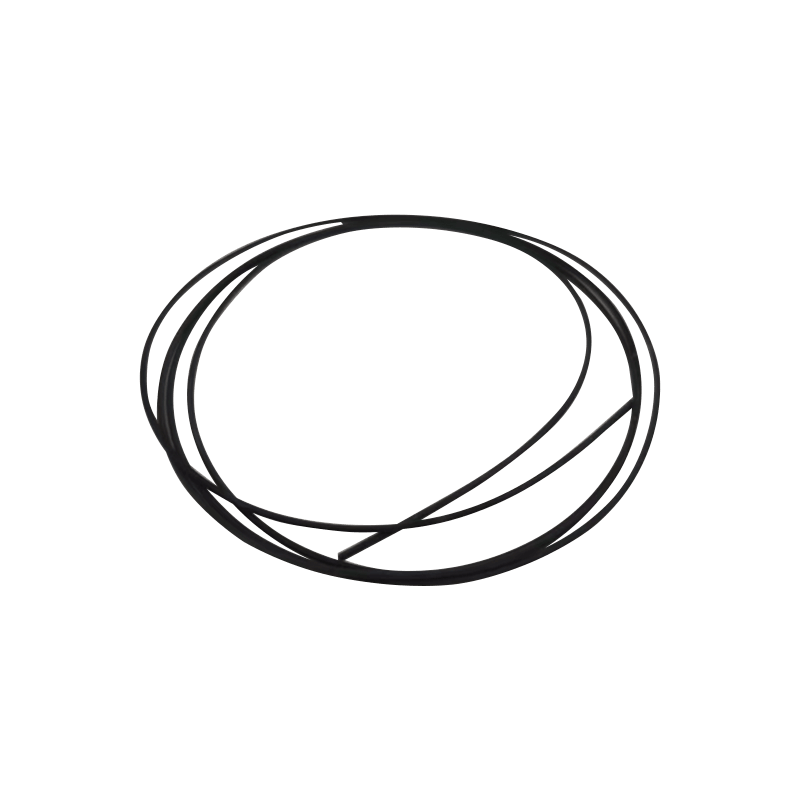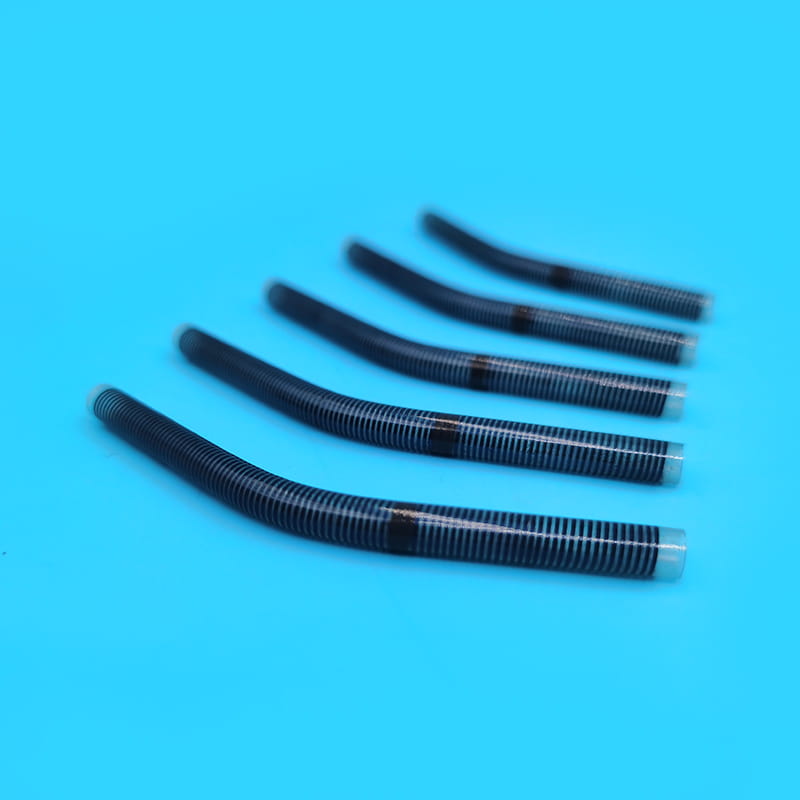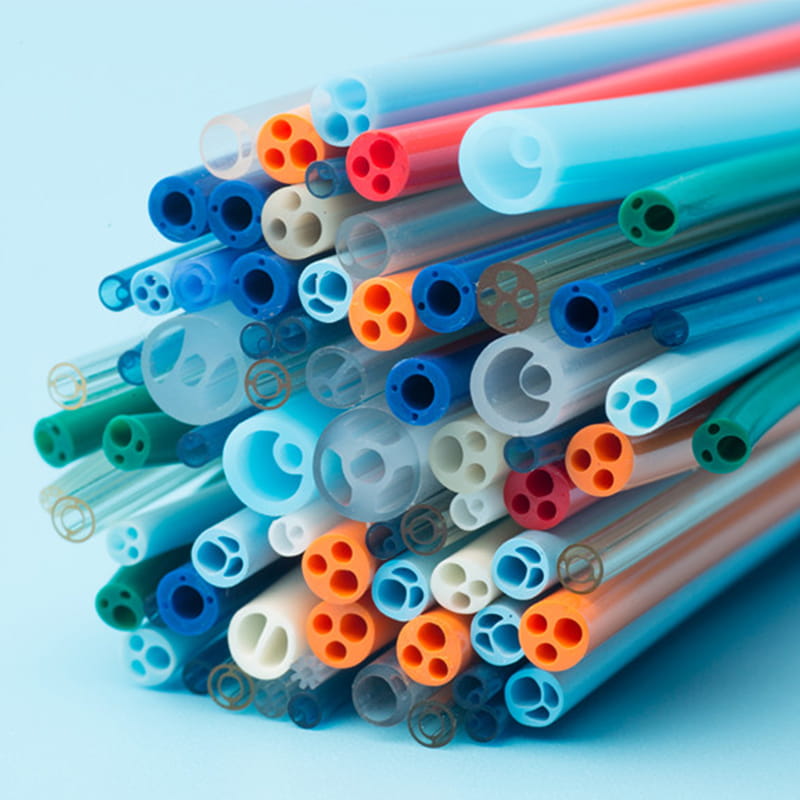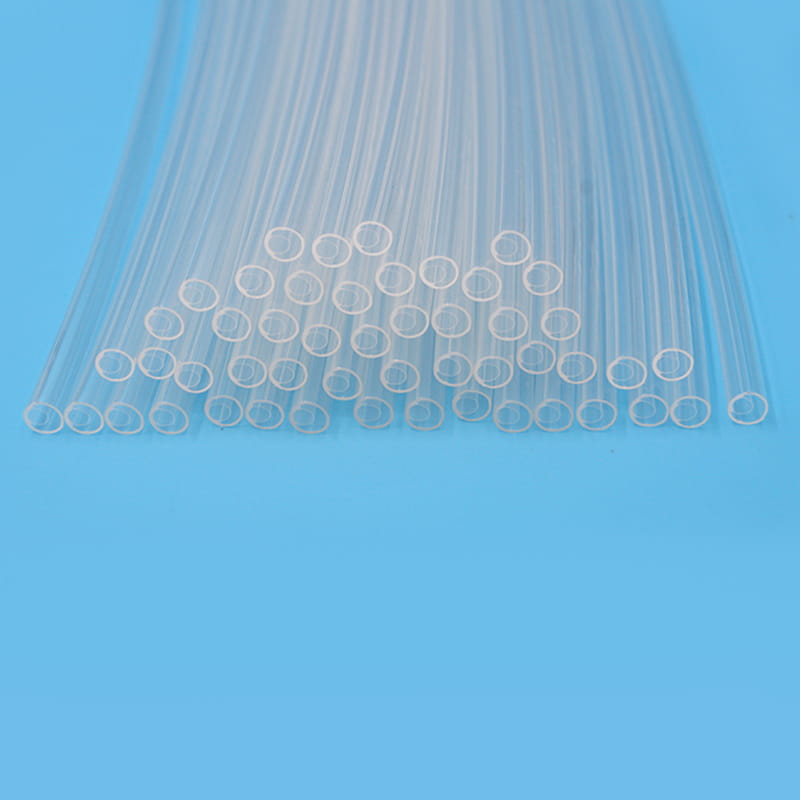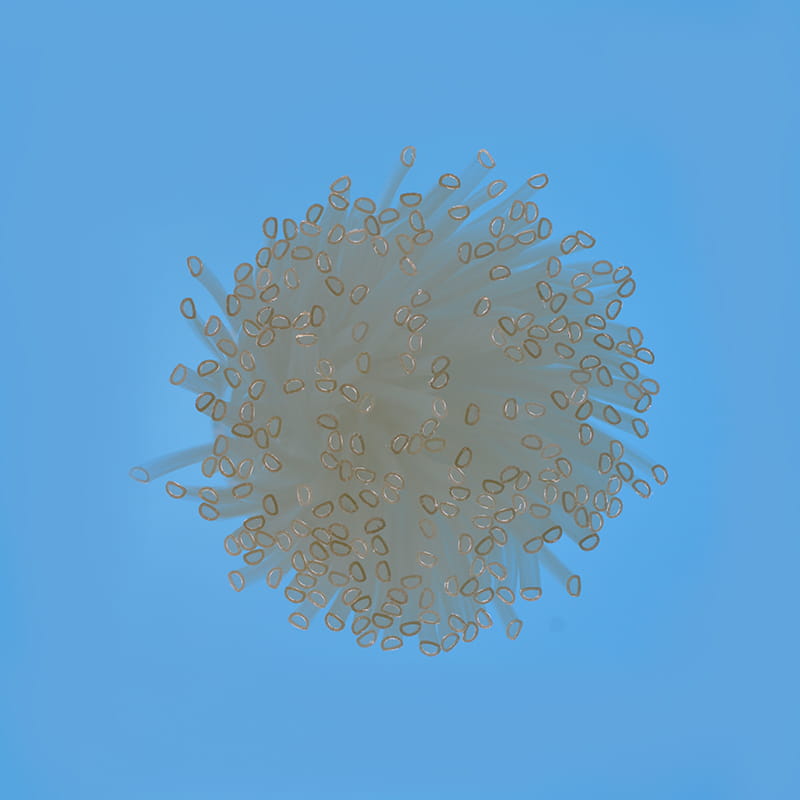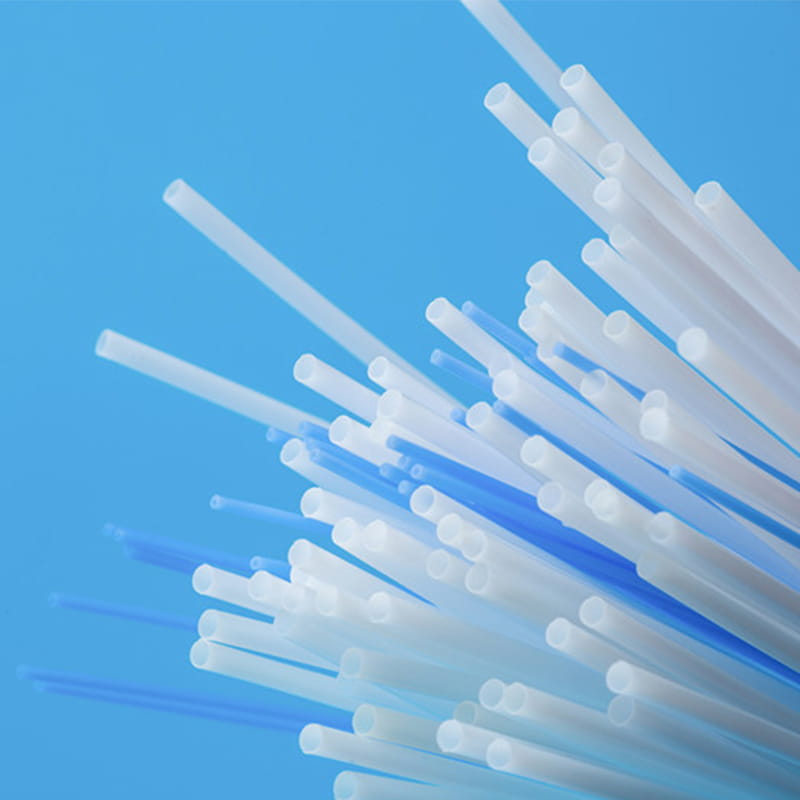Wie erreicht das zentralvenöse Katheter -Kit durch die Synergie verschiedener Komponenten medizinische Zwecke?
Analyse der Kernkomponenten des Kits
Der Zentralvenöser Katheter -Kit Enthält eine Vielzahl von Schlüsselkomponenten, von denen jede eine einzigartige und unersetzliche Rolle im gesamten medizinischen Betriebsprozess spielt. Der erste ist der zentralvenöse Katheter, der die Kernkomponente des Kits ist und der Kanal ist, der die zentrale Vene außerhalb des Körpers und innerhalb des Körpers verbindet. Sein Material besteht normalerweise aus medizinischem Polyurethan oder Silikon. Solche Materialien haben eine gute Biokompatibilität und können die Ablehnung von Fremdkörpern durch den Körper effektiv verringern und das Risiko von Komplikationen wie Infektionen verringern. Verschiedene Arten von zentralvenösen Kathetern haben ihre eigenen Eigenschaften in Struktur und Funktion. Einzel-Lumen-Katheter eignen sich für einzelne Behandlungsbedürfnisse, während Doppel-Lumen- oder Multi-Lumen-Katheter gleichzeitig eine Vielzahl verschiedener medizinischer Operationen wie Infusion, Blutsammlung und Arzneimittelverabreichung durchführen können, was die Effizienz und Bequemlichkeit von medizinischen Operationen erheblich verbessert. In Bezug auf das Design werden einige Katheteroberflächen mit speziellen Beschichtungen behandelt, um die anti-thrombotischen Eigenschaften weiter zu verbessern. Einige sind auch mit Skalen gekennzeichnet, um das medizinische Personal zu erleichtern, die Einfügungstiefe genau zu erfassen.
Der cannula plays a pioneering role in the central venous catheter kit. When performing a central venous catheter insertion operation, the cannula is first used for percutaneous puncture into the vein. Its needle tip adopts a bevel cutting process. This design is sharp and precise, and can quickly and accurately penetrate the skin and vein wall with minimal resistance, opening a channel for the entry of subsequent components. The needle core and outer sleeve of the cannula needle are closely matched. When the cannula needle successfully enters the vein, the inner needle core is removed through a special separation mechanism, and the outer sleeve with a certain hardness and flexibility will remain in the vein as a guide channel for subsequent guide wires and other components to enter. To ensure the accuracy of puncture, some cannula needles are also equipped with ultrasound guidance adapters, which can be used with ultrasound equipment to observe the puncture path and blood vessel status in real time.
Der guidewire is a key tool for precise positioning and guidance in the central venous catheter kit. After the cannula needle establishes the initial channel, the guidewire will be sent into the vein through the cannula. The outer layer of the guidewire is usually woven from medical-grade stainless steel wire, and the inner layer is a nickel-titanium alloy core. This structure gives the guidewire good flexibility and maneuverability. Doctors can use the J-shaped or straight head design of the guidewire tip to flexibly turn and guide it in the blood vessel through in vitro operation, and accurately send it to the target position. Some high-end guidewires also have a hydrophilic coating, which becomes lubricated after contact with blood, further reducing friction damage to the inner wall of the blood vessel. The existence of the guidewire makes the insertion path of the central venous catheter clearer and more controllable, laying a solid foundation for the smooth insertion of the subsequent catheter.
Der role of the dilator in the central venous catheter kit should not be ignored. Since the diameter of the vein is relatively thin, and the central venous catheter needs to be smoothly inserted, it is necessary to properly dilate the vein. The dilator usually adopts a conical or cylindrical design, and the material is mostly medical-grade polyethylene. It can enter the vein along the guidewire and expand the channel of the venous puncture site by gradually expanding. During the expansion process, the smooth surface treatment and gradual caliber design of the dilator can reduce damage to the venous tissue while ensuring effective expansion. For special patients, such as those with thin blood vessel walls or sclerosis, there are also special controllable dilators available, and doctors can accurately adjust the expansion strength and range according to actual conditions.
Der peelable sheath is an important part of the central venous catheter kit to ensure the safe insertion of the catheter. After the dilator completes the dilation of the vein, the peelable sheath will be sent into the vein along the guidewire and dilator. The peelable sheath consists of two symmetrical half sheaths connected by a special locking structure in the middle. When the peelable sheath reaches the appropriate position, the central venous catheter will be inserted into the vein through the sheath. At this time, the medical staff will separate the peelable sheath from the middle lock and remove it from the body through a specific operation technique, while the central venous catheter will be left in the vein. This unique design not only ensures the smooth catheter insertion process, but also avoids unnecessary damage to the vein and catheter. To prevent accidental scratches on the surrounding tissue when the sheath is peeled off, the edge of the sheath is specially rounded and blunted.
Der fixing device plays a role in stabilizing and fixing the catheter in the central venous catheter kit. In order to ensure that the central venous catheter can maintain a stable position in the patient's body for a long time without displacement or falling off, fixing devices such as sutures, sterile dressings or special catheter fixers will be used to fix the catheter to the patient's skin. The suture fixation method is suitable for patients with long-term catheterization. The catheter is fixed to the skin tissue through delicate suturing operations; the sterile dressing is breathable, waterproof and antibacterial, and can effectively protect the puncture site; the dedicated catheter fixator is made of medical-grade silicone or polymer materials, and can be personalized according to the patient's skin morphology and catheter model through an adjustable buckle design. Appropriate fixation can not only ensure the normal function of the catheter, but also reduce the discomfort and potential risks caused to the patient by the movement of the catheter.
Der interface for external connection is the bridge between the central venous catheter and external medical equipment. Through these interfaces, the central venous catheter can be connected to infusion sets, syringes and other equipment to achieve various medical operations such as infusion, drug administration, and blood collection. The design of these interfaces has good sealing and compatibility, and common ones include Luer connectors and needleless infusion connectors. The Luer connector is connected by threads to ensure a tight connection without leakage; the needleless infusion connector adopts a diaphragm design, which can complete the infusion operation without acupuncture, reducing the risk of infection. At the same time, some interfaces also have anti-backflow function to prevent blood from reflux and blocking the catheter, and support multiple devices to be connected at the same time to meet complex clinical needs.
Breites Angebot an klinischen Anwendungsszenarien
In den tatsächlichen medizinischen Anwendungen sind die Nutzungsszenarien von zentralvenösen Katheter -Kits sehr breit. Im Bereich der Intensivversorgung können zentralvenöse Katheter bei Patienten mit kritischen Erkrankungen, die eine große Menge an Infusion und häufige Medikamente benötigen, einen schnellen und stabilen Infusionskanal bieten, um die Bedürfnisse der Patienten nach Flüssigkeiten und Medikamenten zu erfüllen. Wenn Sie beispielsweise Patienten mit septischem Schock während des Rettungsprozesses einnehmen, muss eine große Menge an Kristalloidflüssigkeiten, Kolloidflüssigkeiten und vasoaktiven Medikamenten in kurzer Zeit ergänzt werden. Der zentralvenöse Katheter kann sicherstellen, dass diese Flüssigkeiten und Medikamente schnell in die Durchblutung gelangen und den Schockzustand schnell korrigieren. Gleichzeitig kann die hämodynamische Überwachung auch über den zentralen venösen Katheter durchgeführt werden. Der Arzt verbindet den Drucksensor mit der Katheterschnittstelle, um Parameter wie zentralvenöser Druck und Lungenarterienkeildruck in Echtzeit zu erhalten, was den Ärzten hilft, die Herzfunktion und den Blutkreislaufstatus des Patienten in Echtzeit zu verstehen, und bietet eine wichtige Grundlage für die Formulierung genauer Behandlungspläne.
Bei der Tumorbehandlung sind viele Chemotherapie -Medikamente in hohem Maße die Blutgefäße irritieren, und die Verabreichung durch periphere Venen kann Komplikationen wie Phlebitis verursachen. Das zentralvenöse Katheter -Kit kann einen Katheter in die zentrale Vene legen, sodass Chemotherapie -Medikamente direkt in die großen Blutgefäße eintreten und schnell verdünnt werden können, wodurch die Reizung der Blutgefäße verringert wird, die Wahrscheinlichkeit von Komplikationen verringert und die Behandlungstoleranz und -konformität der Patienten verbessert werden. Beispielsweise können Brustkrebspatienten, die hochritierende Chemotherapie -Medikamente wie Doxorubicin erhalten, zentrale venöse Katheter verwenden, um schwerwiegende Folgen wie Hautnekrose und Gewebegeschwüre zu vermeiden, die durch Arzneimittelextravasation verursacht werden. Gleichzeitig verringern zentralvenöse Katheter bei Patienten, die eine Langzeit- und Mehrfachchemotherapie benötigen, die Schmerzen von wiederholten Punktionen und verbessern die Kontinuität der Behandlung.
Darüber hinaus können in der Ernährungsunterstützungstherapie zentralvenöse Katheter für die gesamte parenterale Ernährungsunterstützung für Patienten verwendet werden, die durch den Magen-Darm-Trakt nicht genügend Ernährung aufnehmen können, wie Patienten mit Langzeit-Koma und schweren Verbrennungen. Wenn Sie eine hohe Konzentration und eine kalorienreiche Nährstofflösung durch die zentrale Vene geben, kann der Körper des Patienten nach Nährstoffen erfüllen und die Genesung des Patienten fördern. Wenn sie beispielsweise Patienten mit umfangreichen Verbrennungen einnehmen, wird ihre gastrointestinale Funktion aufgrund von Trauma unterdrückt, und sie können Nahrungsmittel normalerweise nicht verdauen und absorbieren. Zu diesem Zeitpunkt wird die All-in-One-Nährstofflösung, die Aminosäuren, Fettemulsion, Glukose und andere Inhaltsstoffe enthält, über den zentral venösen Katheter verabreicht, um das Stickstoffgleichgewicht des Patienten aufrechtzuerhalten, die vom Körper erforderliche Energie und beschleunigen die Wundheilung zu beschleunigen. Gleichzeitig kann das medizinische Personal auch die Elektrolyte, Blutzucker und andere Indikatoren des Patienten über den zentral venösen Katheter überwachen und den Ernährungsunterstützungsplan rechtzeitig anpassen.
Strenge und standardisierte Betriebsverfahren
Der operating procedures of the central venous catheter kit need to strictly follow the specifications and standards. Before the operation, the doctor needs to conduct a comprehensive assessment of the patient's condition, including the patient's age, weight, underlying diseases, coagulation function, etc., and select the appropriate puncture site and central venous catheter type. Common puncture sites include the internal jugular vein, subclavian vein and femoral vein. Different sites have their own advantages and disadvantages, and they need to be carefully selected according to the specific situation of the patient. At the same time, detailed explanations and communication should be given to the patient, and the patient should be informed of the operation process, possible risks and key points of cooperation to obtain the patient's cooperation. During the operation, the principle of aseptic operation must be strictly followed. The puncture site must be disinfected with iodine more than three times, and the diameter of the disinfection range must not be less than 15 cm. A large sterile sheet must be laid to ensure that the entire operation is carried out in a sterile environment. Then follow the steps of trocar puncture, guide wire insertion, dilation with a dilator, insertion of a removable sheath, insertion of a central venous catheter, fixation of the catheter, and connection of an external interface. Taking internal jugular vein puncture as an example, under ultrasound guidance, after determining the puncture point, the trocar is inserted at an angle of 30-45 degrees. After seeing the blood return, it is confirmed that it is in the vein, and then the subsequent components are inserted according to the process. After the operation is completed, the patient needs to be closely observed and cared for, and the patient must be monitored for complications and treated in a timely manner. This includes observing whether the puncture site is red, swollen, or exuded, and changing the dressing regularly; monitoring the patient's body temperature, blood routine, and other indicators to determine whether an infection has occurred; evaluating the function of the catheter to ensure smooth infusion, blood collection, and other operations.
Herausforderungen und Risiken konfrontiert
Obwohl zentralvenöse Katheter -Kits im medizinischen Bereich eine wichtige Rolle spielen, stehen sie während des Gebrauchs auch einige Herausforderungen und Risiken gegenüber. Die Infektion ist eine der häufigsten Komplikationen bei zentral venösen Kathetern. Da der Katheter lange im Körper übrig bleibt, ist es für Bakterien und andere Mikroorganismen leicht, in eine lokale Infektion oder eine systemische Infektion einzudringen. Bakterien treten hauptsächlich durch Hautbesiedlung an der Pünktlichkeitsstelle, Kontamination des Katheteranschlusses und Kontamination des Infusionssystems in den Körper ein. Thrombose ist auch ein Problem, das nicht ignoriert werden kann. Der Katheter kann das vaskuläre Endothel im Blutgefäß stimulieren, was zu Veränderungen der Blutgerinnung führt, wodurch ein Thrombus gebildet wird. Sobald der Thrombus abfällt, kann dies zu schwerwiegenden Komplikationen wie Lungenembolie führen. Darüber hinaus können Probleme wie Katheterblockade und Verschiebung auch den normalen Gebrauch und die Behandlungseffekt des zentralvenösen Katheters beeinflussen. Die Katheterblockade kann durch Arzneimittelablagerung, Blutgerinnung usw. verursacht werden; Die Verschiebung der Katheter kann mit Faktoren wie unsachgemäßer Patientenaktivität und loser Fixierung zusammenhängen.
Für weitere Informationen rufen Sie uns bitte unter +86-18913710126 an oder senden Sie eine E-Mail an [email protected].
Im Zeitalter der Präzisionsmedizin trägt ein kleines Röhrchen oft die Last lebensrettender Aufgab...
Im modernen Gesundheitswesen ist ein präzises Flüssigkeitsmanagement von entscheidender Bedeutung...
Einführung Der Bereich minimalinvasiver medizinischer Eingriffe hat in den letzten...
Einführung Die Entwicklung der modernen Medizin wurde maßgeblich durch die Einführung minimali...
Einführung Im sich entwickelnden Bereich der minimalinvasiven Behandlung ist die ...
Einführung in flexible medizinische Schläuche Was ist ein flexibler medizinischer Schlauch? ...


